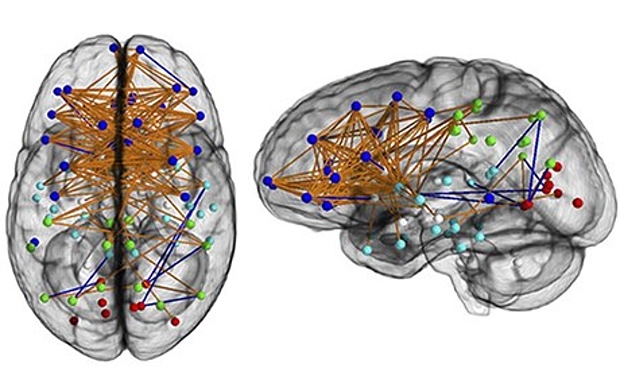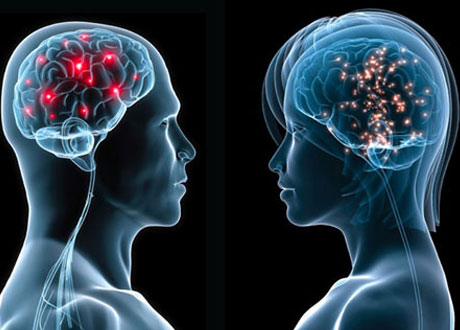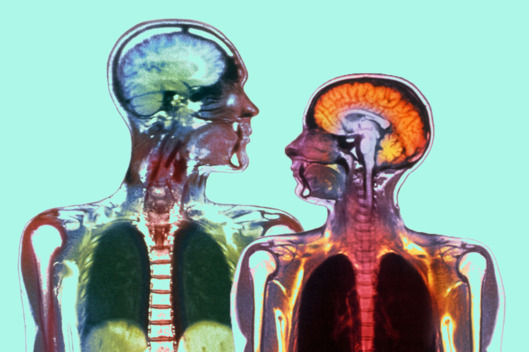Male and female brains age differently
There has been a lot of discussions about the differences of the brains of a male and a female being and their functionality for instance male brains are typically larger (well ladies a larger brain doesn’t equate to a smarter one). But in a recent findings from a team of neuroscientists led by András Király working at the University of Szeged in Hungary, after analyzing the brain structures of 53 men and 50 women matched together by age, paying particular attention to the subcortical structures, that is, the parts of the brain that controls movement and emotion and also looking closely at the thalamus, i.e. the part which handles the passing of information between different parts of the brain while we’re thinking. It was found that although the brains of all participants displayed an overall reduction in brain and thalamus volume as they got older, but reductions in the size of the caudate nucleus and putamen were only found in the men. Both of these areas helps in controlling body movements. Grey matter from all parts of the brain was found to reduce at a quicker rate in males, which suggests a faster brain aging process.

There’s been a lot of poorly thought-out stuff written about the differences between men’s and women’s brains and minds. But if we can get past these pseudosciences, there actually is some legitimately illuminating and serious medical research on sex-based brain differences. For instance consider one undeniable discovery in this area, Parkinson’s disease (which impairs people’s ability to move and causes tremors) is more prevalent in men than women, on the other hand, there’s evidence that women are affected more rapidly by brain-cell loss that’s associated with Alzheimer’s disease.

A study published in Brain Imaging and Behavior explains:
“These findings might have important implications for the interpretation of the effects of unalterable factors (i.e. gender and age) in cross-sectional structural MRI studies. Furthermore, the volume distribution and changes of subcortical structures have been consistently related to several neuropsychiatric disorders (e.g. Parkinson’s disease, attention deficit hyperactivity disorder, etc.). Understanding these changes might yield further insight in the course and prognosis of these disorders.”
This study can’t explain why this brain-aging difference was observed, but the researchers speculate that age- and sex-related changes in hormone levels may play a part, combined with sex-related differences in how different brain structures respond to these hormonal changes. The new study also can’t say whether the more rapid gray-matter loss in men’s subcortical structures is related to their greater vulnerability to illnesses such as Parkinson’s disease, or even to suicide according to a paper.

Further research is now required to back up these findings and understand the causes behind them. Eventually these studies could lead to a better treatments and potentially even cures for the most damaging neurological diseases in men and women.




